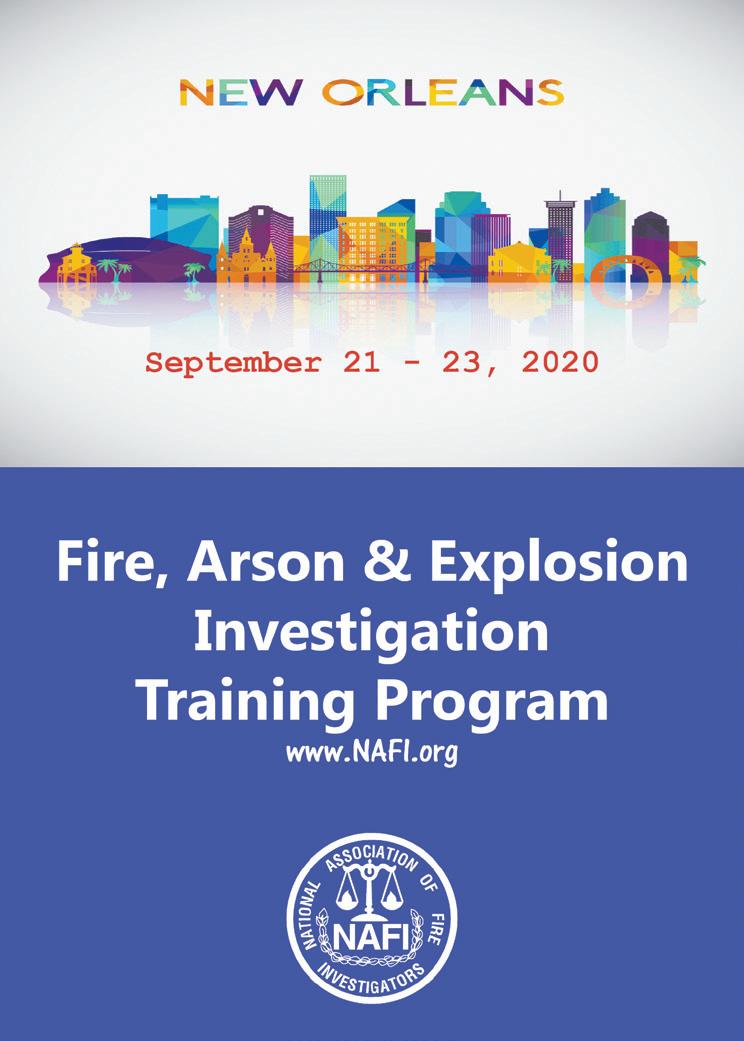Crisis Management
Rules of Crisis Management and Leadership managed, some lasting days or weeks. So how do you know as a leader when you have a true crisis? When everyone is looking at you, the leader for direction, and nobody is making any suggestions. The current world-wide crisis of COVID-19 virus has created challenges for leaders all up and down the leadership spectrum. Hopefully you will find these rules to be helpful as you contend with this crisis in your own community and agency.
Rule: Don’t Make it Worse
Kelly Walsh and Dan Jones
(This article is an excerpt from a program of crisis management developed by Gilbert, Harwell and Jones following a series of significant disasters on the Florida west coast some years ago. Time has proven these rules to be applicable in all types of disasters and community crisis, in both the public sector and the private sector for all levels of decision makers.)
The contributors to these rules included Capt. John Gilbert (USCG Base Commander), Rev. Lacy Harwell (Chaplain and CISD team leader) and Deputy Fire Chief Dan Jones (PPFD Ems Chief) at the time. We jointly identified common issues from multiple critiques of these large multi-agency incidents and community disasters. Commonality is that these are crisis that must be
• Easier said than done. • Nice to think the arrival of first responders or subject matter experts means everything will get better right away but it’s not always true. • Action feels good in crisis but unthinking action is dangerous. • Problem solving requires thought and appropriate resources. • Slow things down enough that leaders and managers can think. • Assessment + Plans + resources + critical thinking = mitigation and control.
Rule: Capture Control of Information Flow Early as You Can • You will be hit with overwhelming information overload, much of it not critical to the moment and much of it repetitious. • Decipher critical and relevant info, prioritize. • Keep people as informed as
possible, there is a reason why NIMS includes Communications and Planning. •R emember that irrational action is many times caused by lack of information. • Information can change, be open to considering updates.
Rule: Realize You Cannot do Everything! • This may be the hardest part for some leaders! • Prioritization and delegation are the key, it is why triage was invented for medical emergencies. • Let some things go that are low priority.
• Don’t waste time on things you cannot change or influence or that you don’t have the resources for.
Rule: Refuse to be Drawn into Trivia • This can be a defense mechanism when overwhelmed, some cannot see the “big ‘picture” and will commit focus on little details or a particular issue and drag leaders into it. • They are finding their comfort zone. • Sticking to rules 3 and 4 will take care of 5.
Rule: Insist that Personnel Involved Get Rest • Fatigue contributes to bad decisions, lack of focus, accidents, missed critical information, injuries and repetitive discussions and actions. • This is especially true of command, management and key technical personnel. • Long term crisis will wear down everyone and lead to friction.
Rule: Bring Key Organizations and People Together Often • These situations can be long and evolve and change over time, you don’t want to allow key parts of leadership get behind the curve of what is happening. • Progress is made or maybe not and must be acknowledged. • Plans can and must be changed. • Changes must be communicated. • Keep everyone in leadership roles or operational roles on same page. • Logistics must keep up, priorities must be coordinated.
Rule: Return to Normal Operations ASAP • Ever notice how hard it is for responders to disengage after a major incident? Fire units hesitant to leave scene and SWAT members walking around in kit with long weapons long after threat is mitigated. • Streets remain blocked long after the need is over. • EOCs remain open when there is nothing really left for them to do.
34 Summer • 2020
www.carolinafirejournal.com
Carolina Fire Rescue EMS Journal























